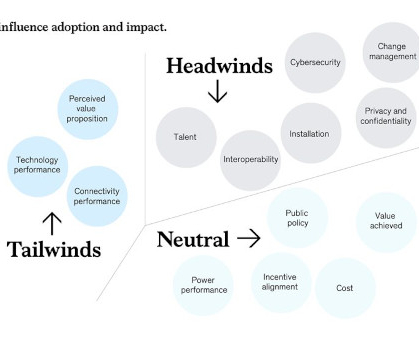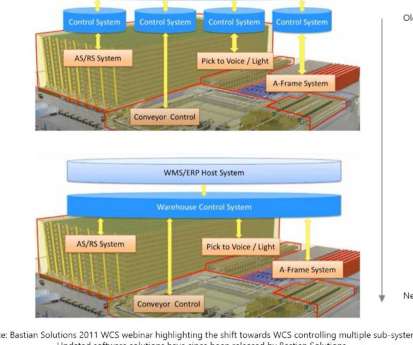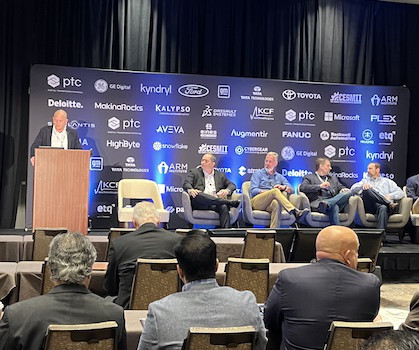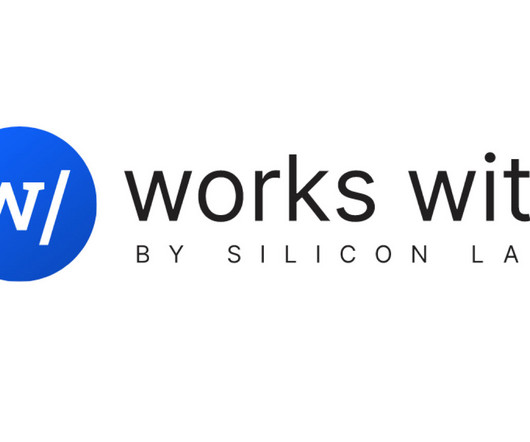OPC Foundation News From Hannover
Gary Mintchell
APRIL 27, 2023
It also brings up a concept dear to me—interoperability. Bitkom and the OPC Foundation cooperate for the common goal of establishing and implementing interoperable interfaces for Industrie 4.0 Together, they want to contribute to the establishment and implementation of interoperable interfaces in the context of Industrie 4.0






















Let's personalize your content